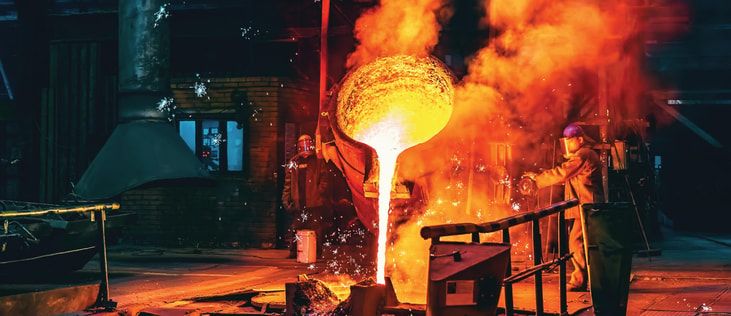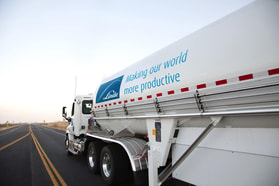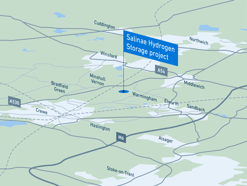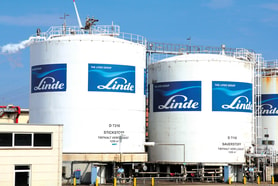How hydrogen risks are being supported in steelmaking
Decarbonised hydrogen, whether through turning grey hydrogen blue by carbon capture or via green hydrogen using renewables-powered electrolysers, goes to the heart of the energy transition.
In carbon-intensive industries like steelmaking, the transition to hydrogen is crucial but challenging. Traditionally, steel is made in blast furnaces using coke (a coal product) to reduce iron ore, releasing a lot of carbon dioxide. To decarbonise such steel production, hydrogen is a cleaner alternative as a reducing agent, emitting no CO2, and tomorrow’s heavy industry is likely to depend on it as natural gas and coal are gradually replaced.
The greening of Salzgitter steel
How do we get there? Through projects like the greening of the Salzgitter Steelworks in Germany’s Lower Saxony. Today the facility is responsible for about a fifth of the country’s steel production, using conventional coal-fired blast furnaces, but by 2033 the plan is to usher in low CO2 steelmaking that can produce pig iron using hydrogen or natural gas rather than the far dirtier coal that’s used today.
... to continue reading you must be subscribed












